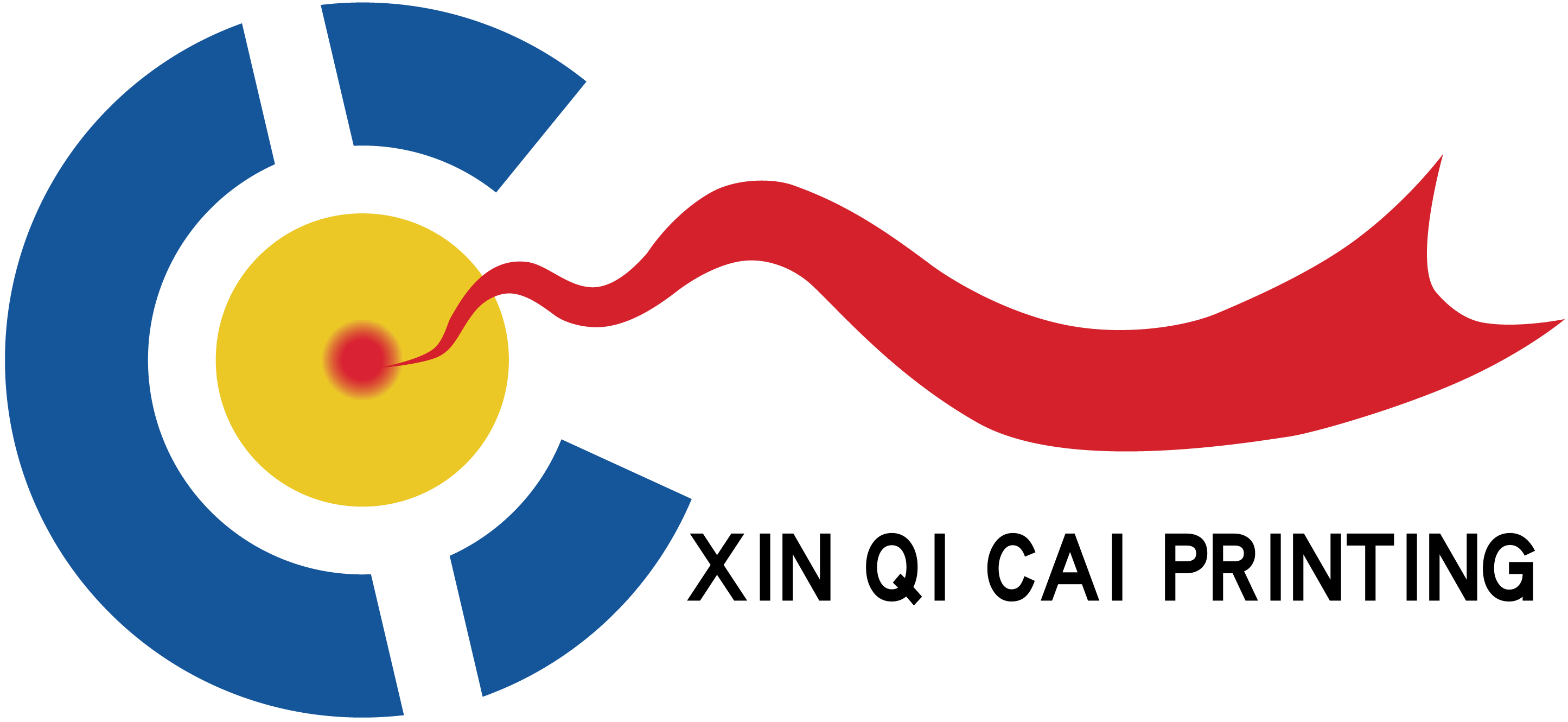Exploring the World of Specialty Book Printing: A Comprehensive Guide
Exploring the World of Specialty Book Printing Table of Contents 1. Introduction to Specialty Book Printing 2. What is Specialty Book Printing? 3. Types of Specialty Book Printing 3.1 Offset Printing 3.2 Digital Printing 3.3 Letterpress Printing 3.4 Screen Printing 4. Unique Materials and Techniques Used in Specialty Book Printing 4.1 Paper
Nov 12,2025

Exploring the World of Specialty Book Printing
Table of Contents
- 1. Introduction to Specialty Book Printing
- 2. What is Specialty Book Printing?
- 3. Types of Specialty Book Printing
- 4. Unique Materials and Techniques Used in Specialty Book Printing
- 5. Steps in the Specialty Book Printing Process
- 6. Benefits of Specialty Book Printing
- 7. Trends in Specialty Book Printing
- 8. Frequently Asked Questions
- 9. Conclusion
1. Introduction to Specialty Book Printing
In the realm of publishing, the term **specialty book printing** encompasses a wide array of techniques and methods used to produce unique and visually compelling books. Unlike traditional printing, specialty book printing focuses on distinctive features that make a book stand out. From authors looking to self-publish their works to established publishers seeking to create limited editions, understanding the intricacies of specialty printing can significantly enhance a book’s appeal and marketability.
2. What is Specialty Book Printing?
Specialty book printing refers to the process of producing books that incorporate unique formats, materials, and designs. This niche within the printing industry caters to both artistic and functional aspects, ensuring that each book resonates with its intended audience. Specialty printing is often characterized by:
- **Custom Formats**: Non-standard sizes or shapes that diverge from conventional book dimensions.
- **Innovative Materials**: The use of specialty papers, textures, and finishes that elevate the reading experience.
- **High-Quality Graphics**: Techniques that enhance visual storytelling through vivid colors and intricate details.
3. Types of Specialty Book Printing
Understanding the different types of specialty book printing can help authors and publishers choose the right method for their projects. Below are some of the most popular specialty printing techniques.
3.1 Offset Printing
Offset printing remains one of the most widely used techniques in the book printing industry. This method involves transferring ink from a plate to a rubber blanket, which then rolls onto the paper. Benefits of offset printing include:
- Cost-effectiveness for larger print runs
- High image quality and detail
- Versatile paper options
3.2 Digital Printing
Digital printing has revolutionized the industry by enabling on-demand printing. This technique is perfect for small print runs and personal projects due to its flexibility and efficiency. Key advantages include:
- Quick turnaround times
- No need for large initial investments
- Customization options for each book
3.3 Letterpress Printing
Letterpress printing is a traditional technique that imparts a tactile quality to the printed page. This method uses metal or wood type to press ink onto the paper, creating a distinctive impression. Its charm lies in:
- Unique texture and depth
- Vintage aesthetic appeal
- Ideal for limited edition prints
3.4 Screen Printing
Screen printing is more commonly associated with textiles, but it can also be applied to book covers and illustrations. This method involves creating a stencil and using it to apply ink onto the surface. Benefits include:
- Vibrant colors
- Ability to print on various surfaces
- Excellent for bold graphics and designs
4. Unique Materials and Techniques Used in Specialty Book Printing
The choice of materials and techniques can dramatically influence the final product. Here, we explore some of the most unique options in specialty book printing.
4.1 Paper Options
Selecting the right paper is essential in specialty book printing. Options range from classic to unconventional, including:
- **Recycled Paper**: Eco-friendly and sustainable choice.
- **Textured Paper**: Adds a tactile element that enhances the reading experience.
- **Watercolor Paper**: Ideal for books with illustrations, offering a rich canvas for art.
4.2 Binding Methods
Binding plays a crucial role in the durability and aesthetics of a book. Some popular binding methods in specialty book printing include:
- **Perfect Binding**: Common for paperbacks, providing a clean and professional look.
- **Smyth Sewn**: Offers durability and allows the book to lay flat when opened.
- **Spiral Binding**: Perfect for notebooks or cookbooks, allowing for easy flipping of pages.
4.3 Finishing Techniques
Finishing techniques can elevate a book’s presentation. Popular options include:
- **Foil Stamping**: Adds a luxurious touch with metallic finishes.
- **Embossing and Debossing**: Creates texture and depth on covers or special pages.
- **UV Coating**: Provides a glossy finish that enhances colors and protects the surface.
5. Steps in the Specialty Book Printing Process
The journey of specialty book printing typically involves several key steps:
1. **Concept Development**: Define the vision for the book, including format, design, and target audience.
2. **Design and Layout**: Create a visually appealing layout, choosing fonts, images, and color schemes.
3. **Material Selection**: Choose the paper, binding method, and finishing touches.
4. **Proofing**: Review samples to ensure quality and consistency before full production.
5. **Production**: Initiate the printing process, monitoring quality throughout.
6. **Finishing Touches**: Apply any additional treatments, such as coatings or embossing.
7. **Distribution**: Prepare books for shipment, ensuring they reach the intended audience.
6. Benefits of Specialty Book Printing
Choosing specialty book printing offers numerous advantages:
- **Stand Out in a Crowded Market**: Unique designs and formats attract attention.
- **Enhance Reader Experience**: Quality materials and finishes create a memorable experience.
- **Flexibility and Customization**: Tailored options cater to specific needs and preferences.
- **Limited Editions and Collectibles**: Specialty books often become sought-after items for collectors.
7. Trends in Specialty Book Printing
The specialty book printing industry is continuously evolving. Here are some current trends shaping the market:
- **Sustainability**: Eco-friendly materials and practices are becoming increasingly important as consumers demand greener options.
- **Personalization**: Customization allows authors and publishers to create unique editions tailored to individual preferences.
- **Interactive Elements**: Incorporating augmented reality (AR) or QR codes enhances engagement and provides additional content.
- **Minimalist Designs**: Simple, clean aesthetics are gaining popularity, focusing on typography and negative space.
8. Frequently Asked Questions
**Q1: What is the difference between digital and offset printing?**
Digital printing is ideal for small runs and personalization, while offset printing is more cost-effective for larger quantities and offers superior quality.
**Q2: How do I choose the right binding method for my book?**
Consider the book’s purpose, size, and design. For example, perfect binding is great for paperbacks, while Smyth sewn is ideal for durability in hardcover editions.
**Q3: Can I print my book on recycled paper?**
Yes, many specialty printers offer eco-friendly options, including recycled paper, to meet sustainability goals.
**Q4: What is the typical turnaround time for specialty book printing?**
Turnaround times vary based on the complexity and quantity of the order, but most specialty printers offer estimates based on project specifications.
**Q5: Are there minimum order quantities for specialty book printing?**
Minimum order quantities depend on the printing method; digital printing often has lower minimums than offset printing.
9. Conclusion
Specialty book printing offers a unique opportunity for authors and publishers to create visually stunning and tactile books that captivate readers. By understanding the different types of printing techniques, materials, and trends, you can make informed decisions that elevate your book project. Whether you’re looking to self-publish, create a limited edition, or simply explore the colorful world of specialty printing, embracing these innovative methods is sure to make your work stand out in the competitive literary landscape. Embrace creativity and quality—your readers will appreciate it.
PREVIOUS:





